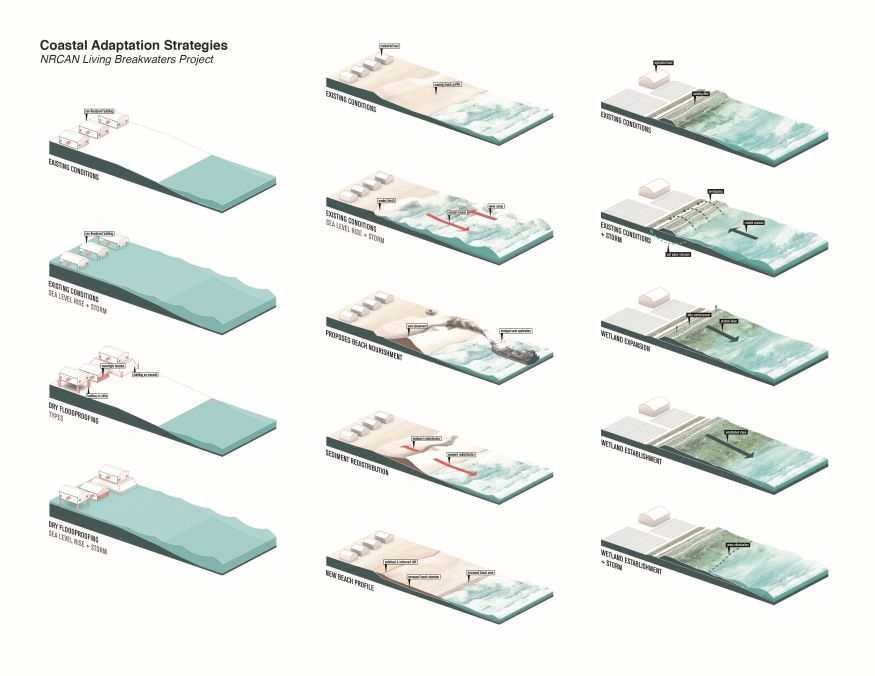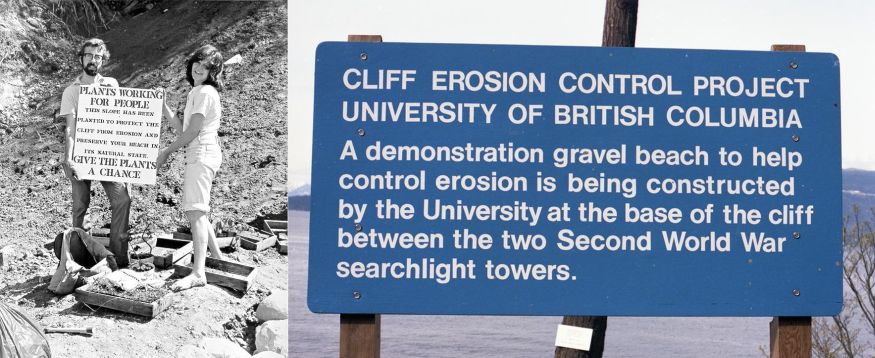Coastal adaptation project receives government support

January 29, 2019
An APSC landscape architecture project to help mitigate the loss of coastal lands due to shoreline erosion will receive $131,510 in support from Natural Resources Canada, which has committed more than $1 million to six climate change-related projects in British Columbia, it was announced today.
Led by School of Architecture and Landscape Architecture (SALA) assistant professor Kees Lokman, “Living Breakwaters: Innovative Adaptation Strategies for Coastal Erosion” will offer policymakers, scientists, planners, engineers and designers new knowledge and tools, including cost-effective ecological infrastructure designs, to improve coastal resilience.

Aimed at advancing the objectives of the Adaptation and Resilience pillar of the Pan-Canadian Framework on Clean Growth and Climate Change, the funding was announced in Vancouver by Paul Lefebvre, Parliamentary Secretary to the Honourable Amarjeet Sohi, Canada’s Minister of Natural Resources.
“Action on climate change is something we simply cannot defer,” said Lefebvre in the government release. “That is why our Government is supporting projects that will expand our understanding of the impacts of climate change and better prepare us to adapt to those impacts.”

Lokman, who holds degrees from Wageningen University and the Harvard Graduate School of Design, joined SALA in 2014 after teaching at Washington University in St. Louis. His research, which focuses on design challenges related to sea level rise adaptation, water and food shortages, and energy transition, has been published in various journals, including the Journal of Landscape Architecture, Landscape Research, New Geographies and the Journal of Architectural Education.